Sauber’s F1 technology used in production of additively manufactured classic car parts
June 9, 2021
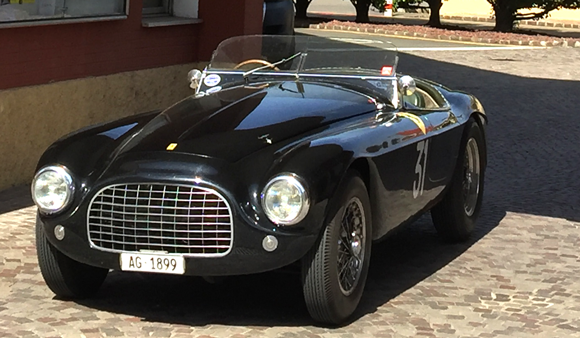
Sauber Engineering AG, part of the Sauber Group, is looking to enter the classic car component supply business with a service capable of providing reverse engineering and Additive Manufacturing of key components.
With an automotive history dating back over forty years, Sauber will apply its expertise and technology used in Formula 1 to manufacture parts for classic vehicles, where an aftermarket supply chain is limited, or no longer exists.
Talking to Metal AM magazine, Christoph Hansen, Director Technology & Innovation at Sauber Engineering, was keen to explain the reasoning behind the project. “At Sauber, we have a wealth of knowledge and understanding of automotive engineering. Blend this with our experience in Additive Manufacturing for high-performance F1 components, and we can offer the historic vehicle sector something unique – a one-stop-shop to replace broken or damaged components that would otherwise mean the end for that car.”
Sauber has both polymer and metal AM machines at its facility in Zürich, Switzerland, and has been using them for a number of years to produce both prototype and functioning components. “We can now offer the classic car owner a range of options, from simple plastic covers, up to complete gearbox housings or engine parts,” added Hansen.
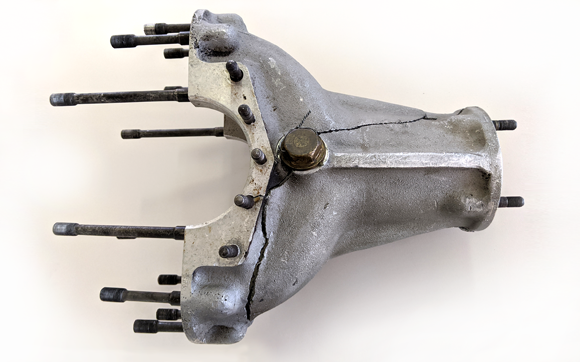
The team at Sauber were recently challenged to build a replacement gearbox housing for a classic 1950s Ferrari 340 America Barchetta. The defective component, used on the rear axle of the car, is no longer in production and, due to the scarcity of the car, no donor parts could be sourced. “This is common with many older historic vehicles,” stated Jonathan Herzog, Head of Project Management & Sales. “The older the car is, the harder it is to find replacement or even substitute parts. As you can imagine, it is also extremely difficult, if not impossible, to obtain the engineering drawings for these parts.”
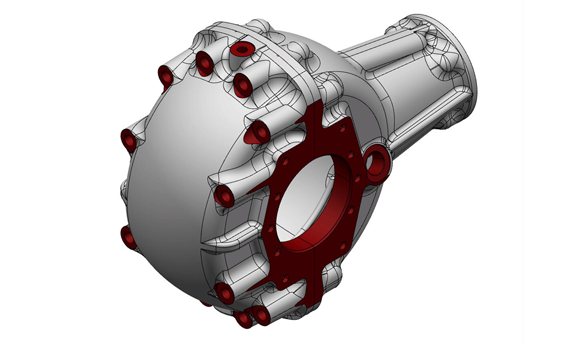
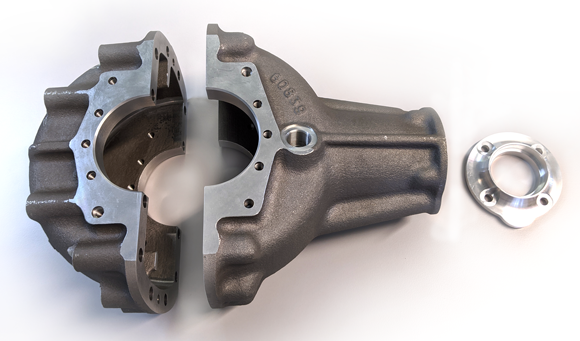
This is where the wealth of automotive knowledge at Sauber is essential. “We know what tolerances a gearbox needs to be built to, we know what materials are best to use. We can then apply our experience to design the part, making it not only work, but making it perform better than the original,” continued Herzog.
In some cases, of course, a component can be repaired, but this was not possible with the Ferrari gearbox. “The gearbox was badly damaged and split across the casing. Our only option was to reverse engineer the housing, which involved a full 3D scan of the structure and then optimisation of the CAD file to produce a design that could be additively manufactured,” added Hansen.
The gearbox housing was built in-house using a MetalFAB1 system from Additive Industries. The MetalFAB1 is a Laser Beam Powder Bed Fusion (PBF-LB) machine capable of producing parts from a wide range of metals, including maraging or tool steel, aluminium, Scalmalloy, titanium and nickel alloys.
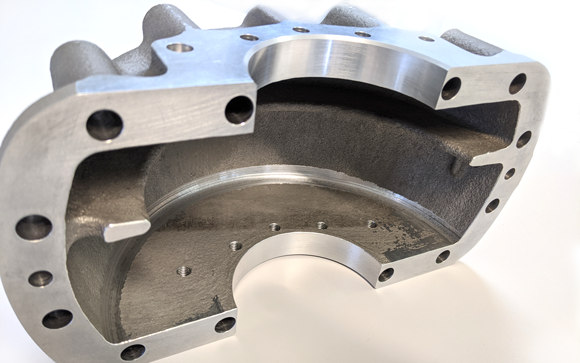
“The Ferrari gearbox was built from aluminium (AlSi10Mg) and took around five days of printing using our own in-house developed high-speed parameter set. It then underwent a number of post-processing operations and inspections. Thanks to our design optimisation, the final part was actually lighter and more reliable than the original casing,” noted Hansen.
“Our aim with Sauber’s new historic car parts business is to keep these old classics alive, on the road and being used for what they were designed for. By using today’s technology we can achieve this, ensuring these important and much loved historic cars do not disappear,” concluded Herzog.
The team at Sauber can be contacted via email: [email protected]
















